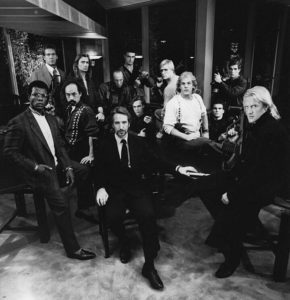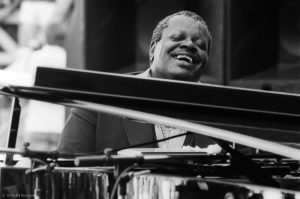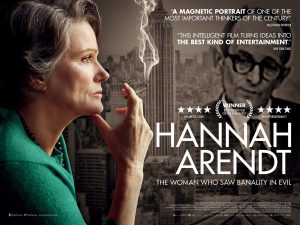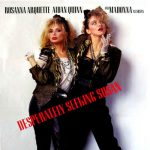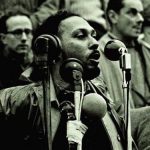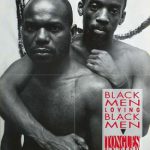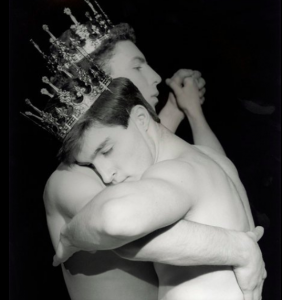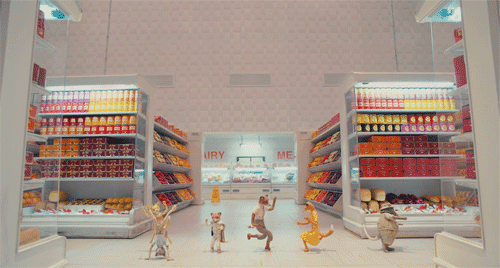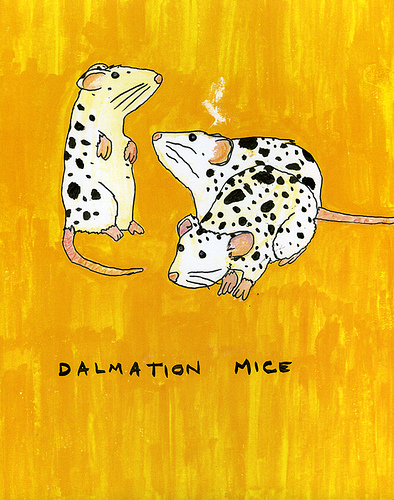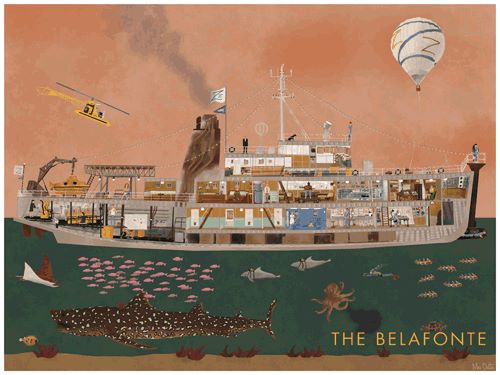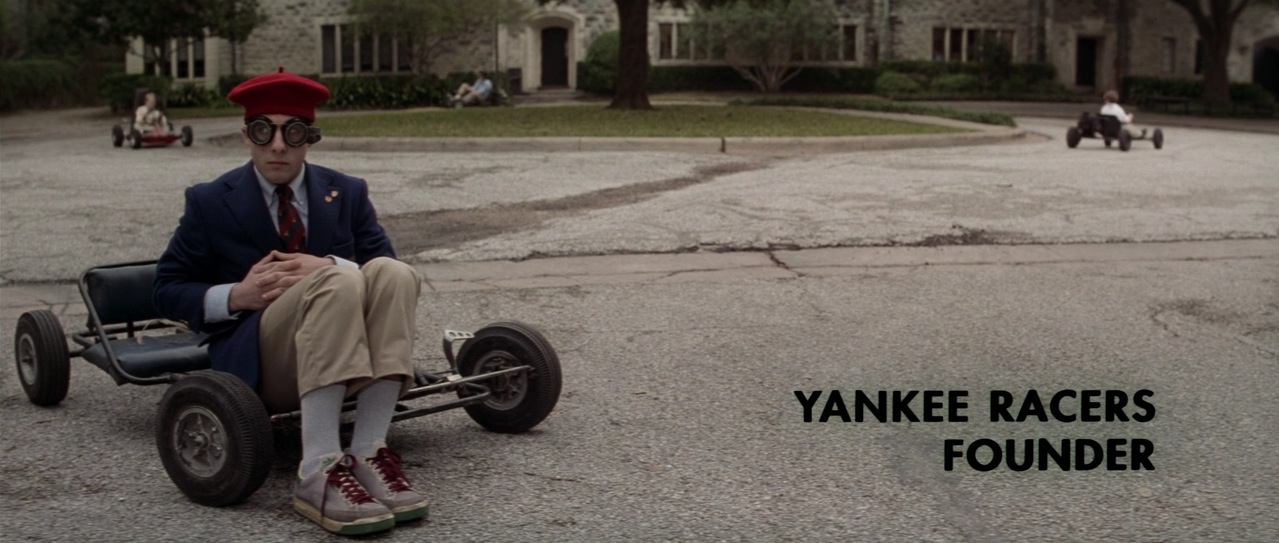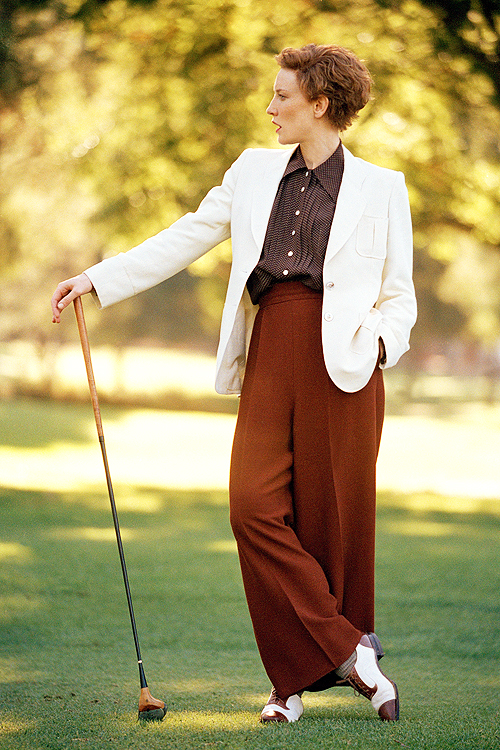I’ve been thinking about this question: ‘why watch things you know you’re going to hate?’
There are lots of personal reasons – boredom, the pleasure of a hate-watch, curiosity, keeping up with trends, I’m not the only person watching the telly in my household, etc etc. But I also try to keep abreast of things that I know I won’t like, so that I have an idea of what’s happening in various media – film, telly, music, books, comics, etc. I also believe that it’s ok to dislike or hate something. And to talk about why we hate or dislike something.
In the case of the Beatles, they’re the epitome of Boomer cred: white person cultural tastes. To even say (as Heidi did) that ‘the Beatles are over-rated’ is almost a taboo. How can they be overrated? They’re the BEATLES!
When we talk about why dislike something that we’re _supposed_ to like (or love), we offer critical engagement with dominant culture. I do often say ‘I hate that!’ without qualification, but if I’m at the point where I want to talk about it on fb (unlike twitter, which is just friends), I usually offer qualification.
Why do I hate this program ‘Get Back’? What is it about it that makes me so uncomfortable? Why watch something I won’t like? What is happening in this text that narks this feminist so much? Why do I dislike it, even though I like the music? That last question is the interesting one: what’s happening in a text like this that lets me both love parts of it (the melodies) and hate other parts of it (the gender and race politics at work in the text and surrounding the text)? This is the best question, I think.
It’s an example of how a text doesn’t carry innate value or meaning. It’s just light and sound. But each time I engage with it, I make meaning, and my meanings change. I can look at this film and ask ‘Where are the women? Why has nothing changed in the music industry?’ And I can ask ‘Where are the poc? Why has nothing changed in the m/s music industry?’ But I can also ask, ‘Is this how a group of white men can negotiate disagreements without violence?’ or ‘Is this how a song gets made, collaboratively?’ The text doesn’t change, but my way of reading and interacting with it does.
This is, of course, the core of concepts like ‘critical race theory’. Why would I read the diary of a slaver who justifies his work as economic necessity, when I know I’m going to hate it? Why not just read things that I love that make me happy?
When you read and watch from a marginalised position (esp as a woman, a poc, etc), there are so few m/s texts that offer uncompromised joy and happiness.


